 The Feast of our Lady of the Most Holy Rosary is a title of the Blessed Virgin Mary as the Queen of the Holy Rosary, the chaplet of prayer beads that are used to invoke the Virgin to aid us whilst meditating upon scenes in the life of her Son, JESUS CHRIST.
The Feast of our Lady of the Most Holy Rosary is a title of the Blessed Virgin Mary as the Queen of the Holy Rosary, the chaplet of prayer beads that are used to invoke the Virgin to aid us whilst meditating upon scenes in the life of her Son, JESUS CHRIST.The Rosary developed out of the habit of lay brothers, who did the manual work and did not have time to pray the whole Monastic Office, of praying Paternosters and Ave Marias in monasteries. This habit then passed to the devout laity.
In 1208 our Lady appeared to St Dominic in the Church of Prouille, France, and gave him a chaplet of beads representing roses commending to him the devotion which had spread among the Faithful of saying Paters and Aves whilst meditating upon the life of Christ.
St Dominic then gave the Rosary to all his Friars Preachers to use in their efforts to convert the heterodox Cathars in Southern France and to call upon our Lady to assist the soldiers of Count Simon de Montfort, 5th Earl of Leicester, father of the founder of the later English Parliament, to defend Christendom from the attacks by the armies of the heterodox Cathars and Albigensians.
On 12 September 1213, whilst St Dominic and his brethren were praying in the Church at Muret in the South of France, Count Simon and 700 knights charged out of the town to meet an invading army of 50,000 marauding heterodox Albigensians who were set upon capturing the whose of Southern France for the Albigensian heresy.
The Albigensians were a type of Manichee and they believed in euthanasia, abortion and sodomy and opposed marriage and child-birth because they believed that all material things were evil and created by an evil force. They had one Sacrament which was called the consolamentum and consisted in euthanasia by either starvation or suffocation. They had murdered Catholic missionaries sent to preach to them and murdered bishops, priests and the Papal legate who was sent to negotiate with them.
Count Simon and his knights straight into the middle of their ranks and slew their leader King Pedro of Aragon, much to the chagrin of Count Simon who wanted to defeat him but not slay him. At this the Albigensian horde fell into disarray and were routed. Our Lady, Count Simon de Montfort and the Rosary saved the day.
Ever after, the Rosary became a great weapon of prayer against evil, and especially in time of battle.
In thanks for the victory of the Battle of Muret, Count Simon built the first shrine dedicated to Our Lady of Victory.
The Rosary was prayed in 1529 at the Siege of Vienna and a great victory won under Count Nicholas von Salm against the Ottoman Turks and their Sultan Suleiman the Magnificent.
In 1571 Pope St Pius V instituted the Feast of Our Lady of Victory as an annual feast to commemorate the victory of Lepanto, off the Greek coast, the huge naval battle won by the Christian navies against the navy of the invading Muslim Turkish hosts. The Turkish navies were many times larger than the Christian navies and had been bent upon conquering the whole of Christendom and enslaving all Christians.
The victory was attributed to our Lady, as a rosary procession took place on that day in St. Peter's Square in Rome for the success of the forces of the Holy League to hold back the Muslim forces from over-running Western Europe.
In 1573, Pope Gregory XIII changed the title of this feast-day to the Feast of the Holy Rosary. This feast was extended by Pope Clement XII to the whole of the Latin Rite, inserting it into the Roman Calendar in 1716, and assigning it to the first Sunday in October.
On 12 September (that date again!) 1683, King Jan Sobieski, appointed commander by Roman Emperor Leopold I, and his Polish Hussars, inflicted a massive defeat upon the Turkish hosts in the Battle of Vienna. Again a Rosary campaign had preceded his victory.
Venerable Pope Innocent XI instituted the Feast of the Holy Name of Mary on 12 September to mark the victory obtained by praying to our Lady.
 Kara Mustapha Pasha, the commander of the Turkish host, was unfairly executed by his own king, Sultan Mehmed II, after losing the Battle of Vienna
Kara Mustapha Pasha, the commander of the Turkish host, was unfairly executed by his own king, Sultan Mehmed II, after losing the Battle of ViennaPope St Pius X changed the date to 7 October in 1913, being the actual date of the great victory at Lepanto.
In 1969, Pope Paul VI changed the name of the feast to Our Lady of the Rosary.

Our Lady of the Most Holy Rosary, pray for us!
...
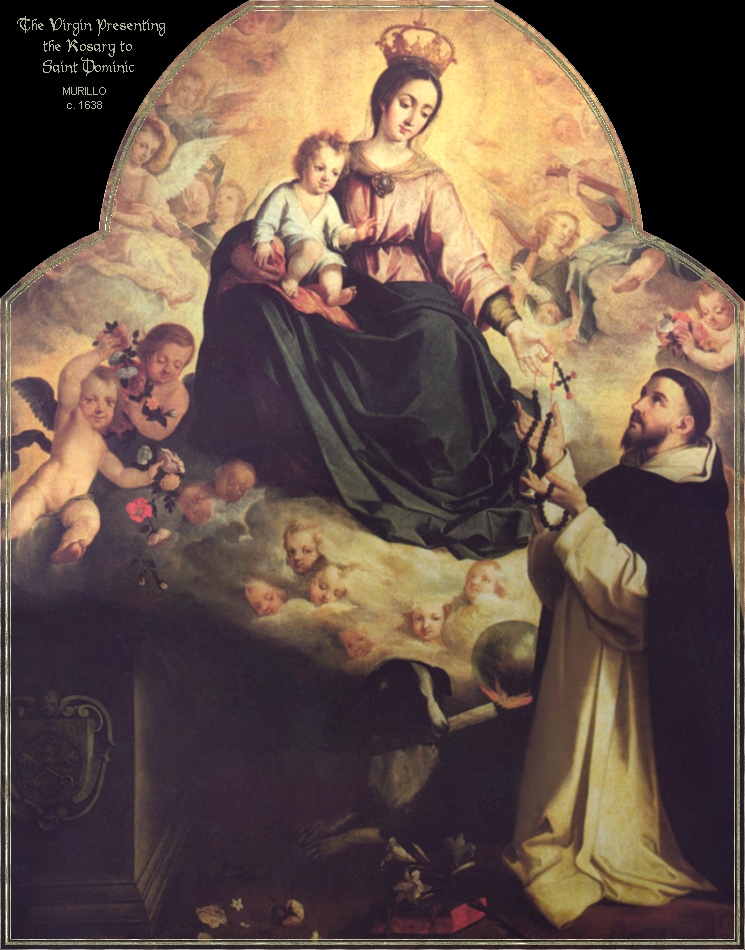

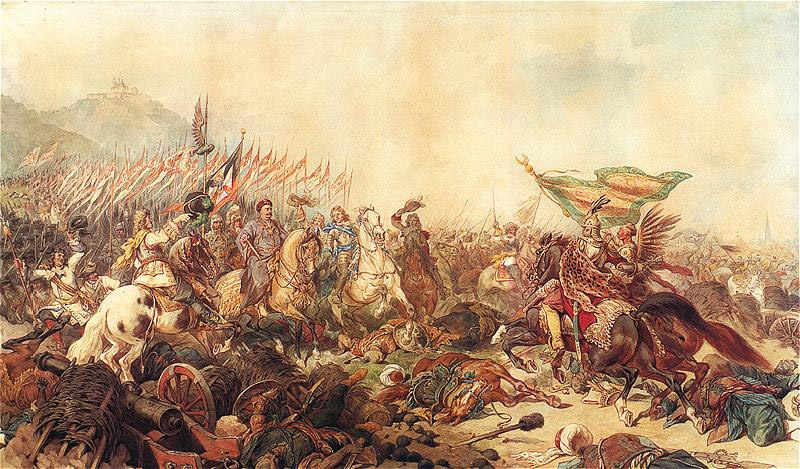







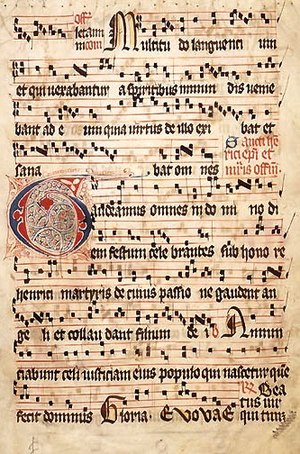

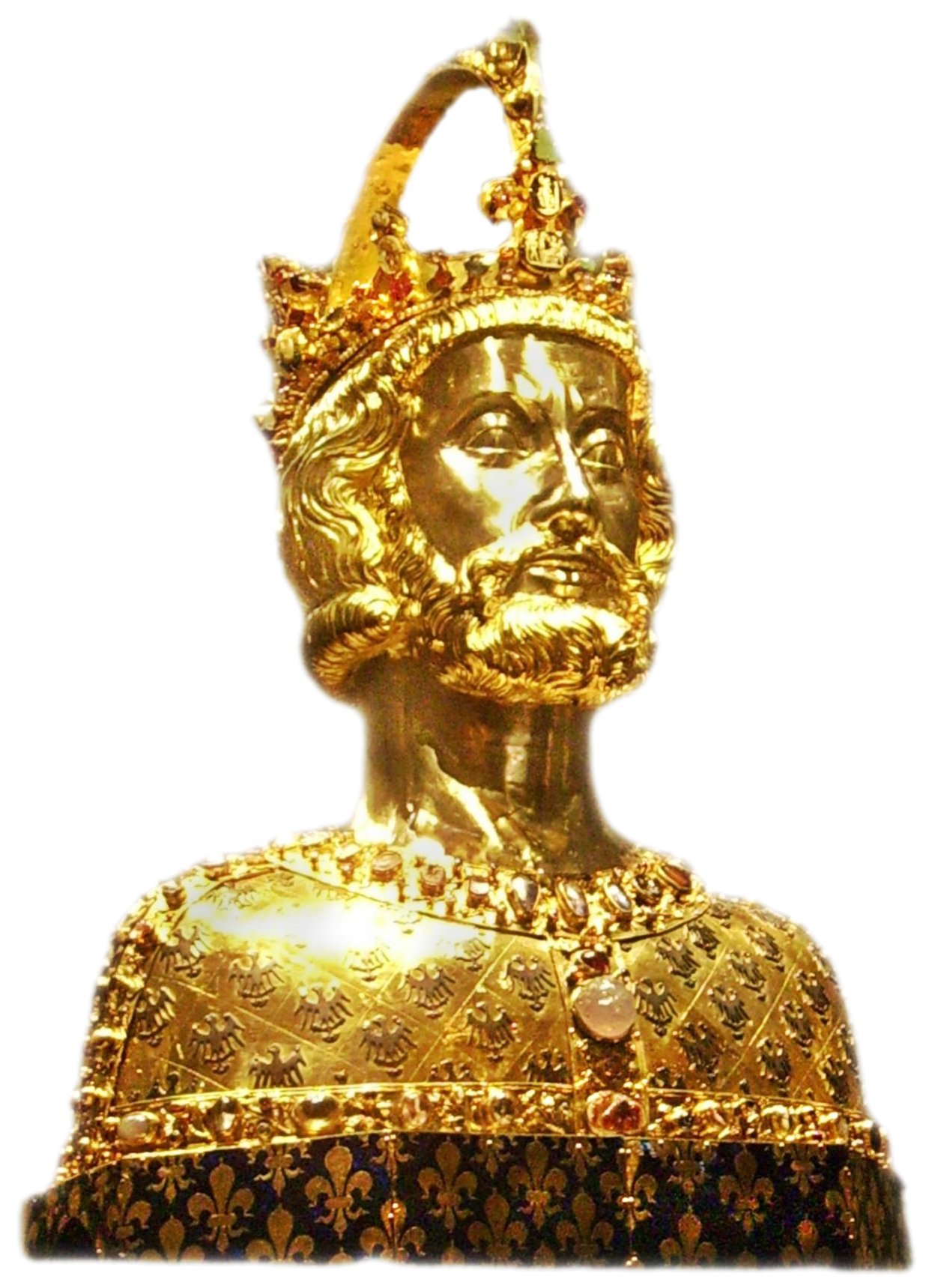



.jpg)


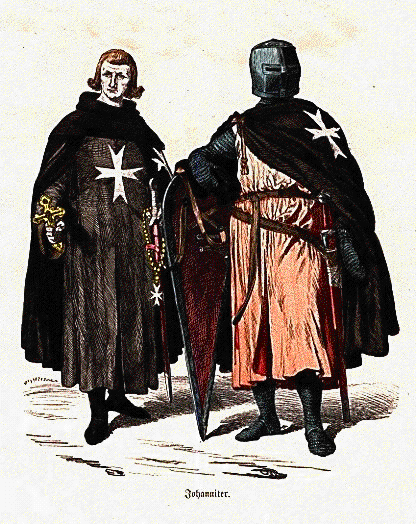

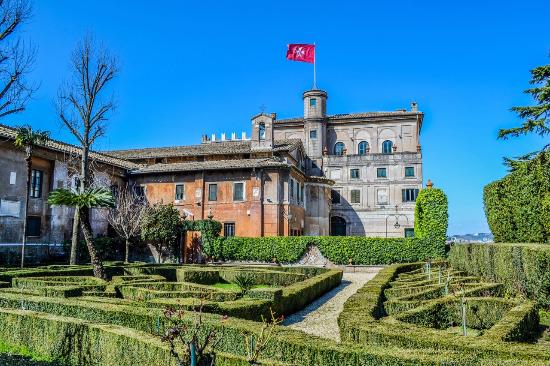


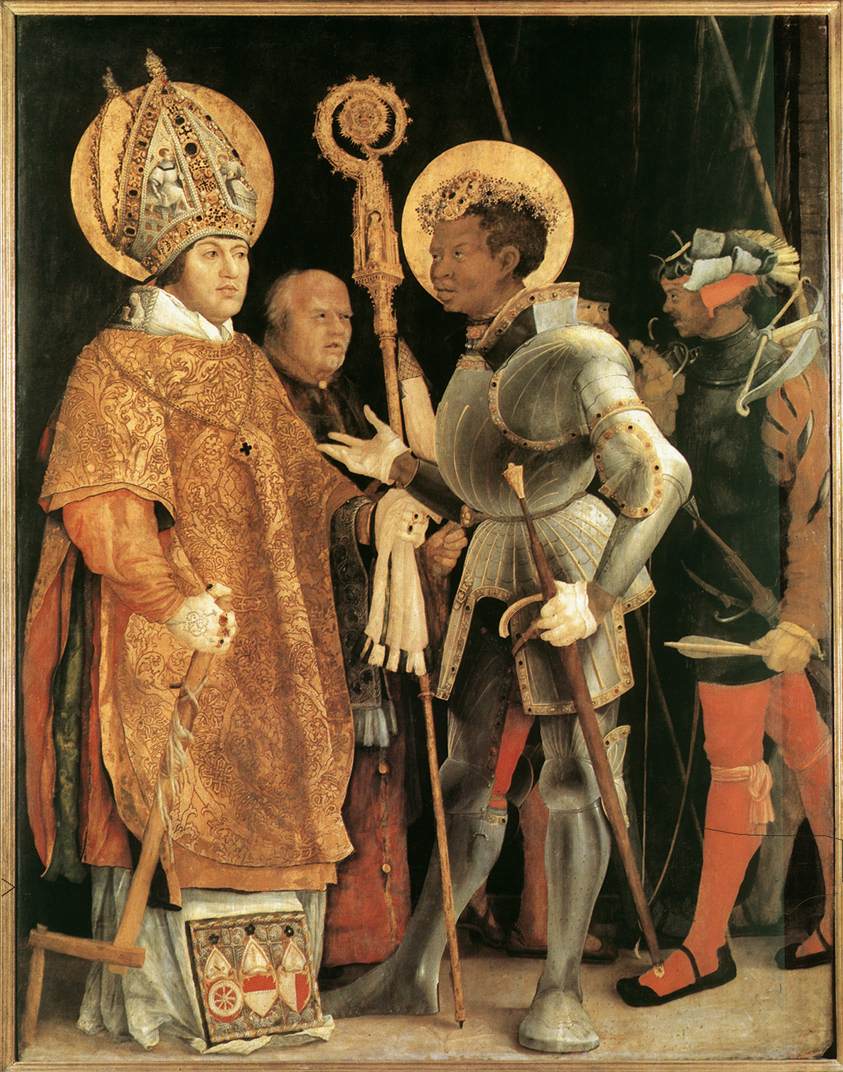
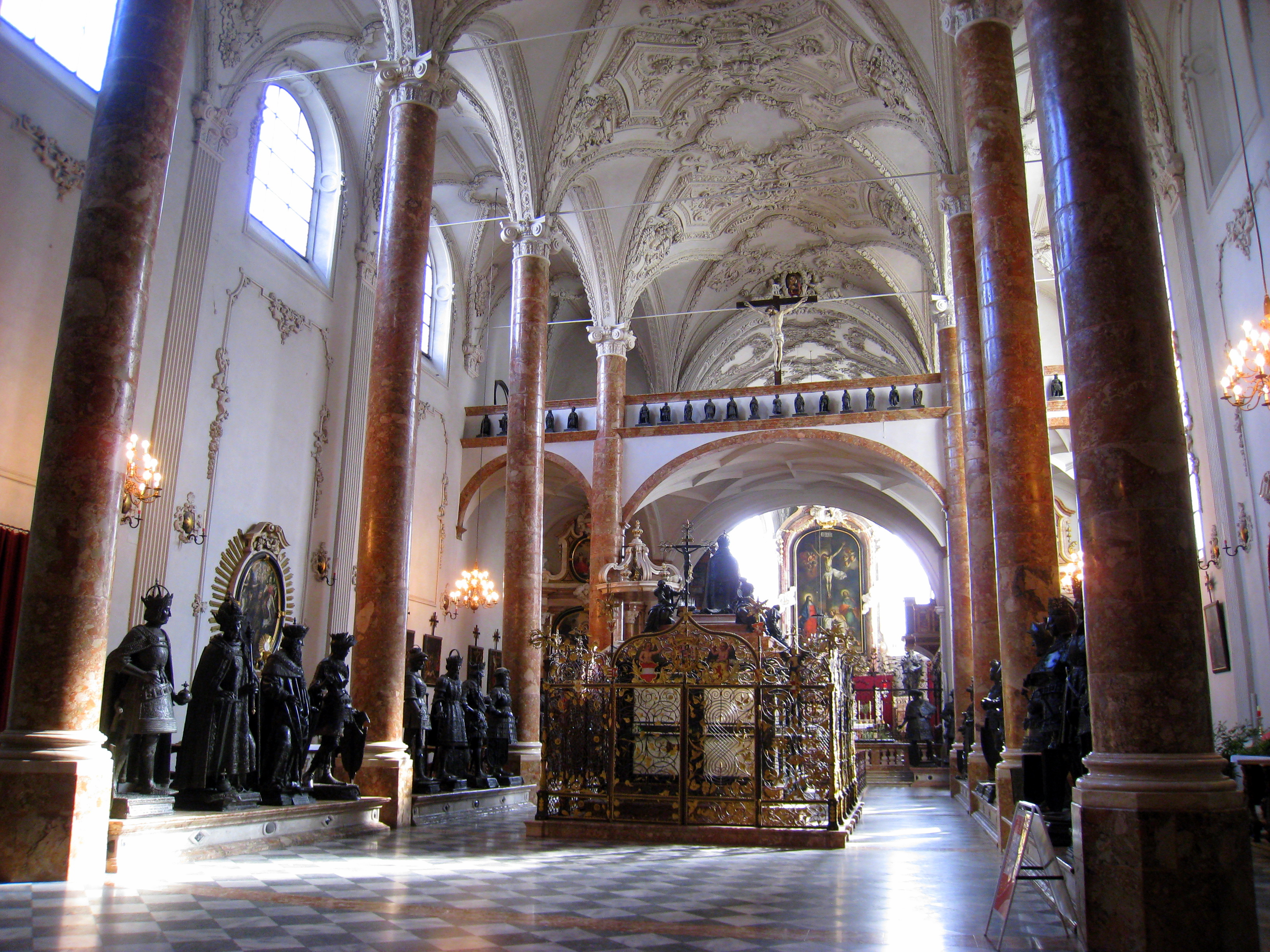


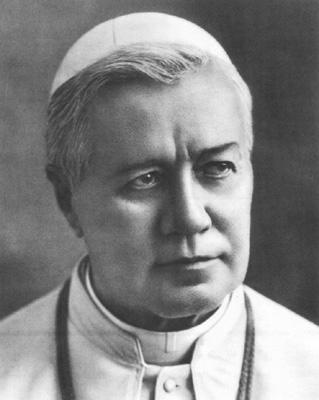






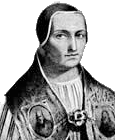






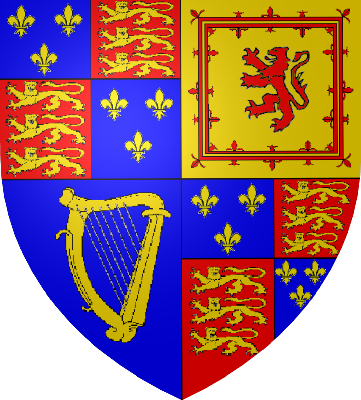
_-002.jpg/220px-Circle_of_Anton_Raphael_Mengs,_Henry_Benedict_Maria_Clement_Stuart,_Cardinal_York_(ca_1750)_-002.jpg)



No comments:
Post a Comment